Introduction
Updated from its predecessor, the popular 10-year-old Tamron 18-200mm f/3.5-6.3 XR Di II LD, the latest incarnation benefits from Tamron’s Vibration Reduction (VC) system to help counteract the effects of camera shake. The new version is lighter, too, weighing in at 400g to make it the lightest super-zoom in its class, and costing just $249, it’s the cheapest, too. We’ve been busy testing the Canon EF-S lens mount version of the Tamron 18-200mm f/3.5-6.3 across a range of EOS DSLRs in our lab and are delighted to reveal the verified results.
Tamron 18-200mm f/3.5-6.3 Di II VC Measurement: Low peak sharpness
Tested on the Canon EOS 7D Mark II, the Tamron 18-200mm f/3.5-6.3 achieves an overall DxOMark score of 11 points, which ranks towards the lower end of the performance spectrum. Its strongest performance is at the widest 18mm focal length using the largest f/3.5 aperture, where it offers the best transmission, sharpness, and chromatic aberration results. The variable maximum aperture of f/3.5 at 18mm to f/6.3 at 200mm reduces light transmission the more you zoom in, and we measured a maximum TStop aperture of just over 6.7 at 200mm. As a result, expect a pretty dark viewfinder when zoomed in to 200mm, which will also have an impact on the lens’s autofocus performance — particularly in low-light conditions.
In terms of sharpness, the overall P-Mpix map shows that the Tamron 18-200mm f3.5-6.3 resolves best at wider focal lengths between 18 to 50mm and at wider aperture settings up to f/8. If you’re planning to shoot a lot at the long 200mm end of focal range, then mid-aperture settings of f/8 and f/11 offer the best sharpness, with resolution around 60% in the center of the frame, dropping off to 50% in the outer field. Using the maximum f/6.3 aperture at 200mm, results are a little softer both in the center and at the edges of the frame compared to resolution at f/8.
Super-zoom lenses tend to suffer from both barrelling at the wider focal lengths and pin-cushion distortion when zoomed in. This is true of the Tamron 18-200mm f/3.5-6.3, with 0.9% barrel distortion at 18mm and pin-cushion distortion of –0.4% at 200mm, giving it an overall distortion score of 0.5%. Those results are consistent with a super-zoom of this type, however, and the Tamron 18-200mm f/3.5-6.3 offers distortion-free results shooting at a 28mm focal length.
Global maps for both chromatic aberration and vignetting show that the results for neither problem type are a major concern for the Tamron 18-200mm f/3.5-6.3 at most settings. For chromatic aberration, problematic results of over 18 micrometers start to occur only when using the longer focal lengths with smaller apertures between f/16 to f/36. With wider apertures up to f/11, however, fringing is pretty well controlled at all focal lengths. In terms of vignetting, the Tamron 18-200mm f/3.5-6.3 facilitates good intensity of light under –1Ev to reach the corners of the frame at almost all settings, with the exception of the widest focal lengths between 18mm to 28mm at the largest f/3.5 aperture.
Tamron 18-200mm f/3.5-6.3 Di II VC Comparison
The $399 Sigma 18-200mm f/3.5-6.3 II DC OS HSM and Canon’s own $699 18-200mm f/3.5-5.6 IS are both very similar to the Tamron 18-200mm f/3.5-6.3. All three include image stabilization, built-in autofocus motor,s and a variable aperture system, although the own-brand Canon 18-200mm offers an extra 1/3 stop of light transmission with a maximum aperture of f/5.6 at 200mm, compared to f/6.3 for the third-party competition.
All three super-zooms achieve the same overall DxOMark score of 11 P-Mpix tested on the EOS 7D Mark II, with very similar lens metric results, too. The new Tamron 18-200mm f/3.5-6.3 just nudges out the competition for sharpness with a score of 6 P-Mpix, compared to 5 P-Mpix for the Sigma and Canon competition. Using the maximum aperture at 200mm, however, the Canon 18-200mm f/3.5-5.6 produces sharper results in the center of the frame than both its super-zoom rivals. At the other end of the focal range, however, the Canon isn’t nearly as sharp as the third-party competition, with the Tamron 18-200 f/3.5-6.3 offering the best resolution in the center of the frame, and the Sigma 18-200mm f/3.5-6.3 offering softer but homogenous results at this setting.
The own-brand Canon super-zoom suffers from a little more vignetting using the maximum aperture compared to its rivals, too, resulting in a lower overall score of –1.1Ev compared to –0.8% for the Tamron and Sigma; but all can be corrected in postproduction. The Canon also fares slightly worse for chromatic aberration, with a lower score of 11µ, but noticeable fringing over 12 micrometers occurs only when using the maximum aperture setting, which will require correction to RAW files in post-production.
Conclusion
Lightweight, convenient, and affordable, the Tamron 18-200mm f/3.5-6.3 will be a popular mass-market lens for enthusiasts shooting APS-C. Covering a versatile wide-angle to long telephoto focal range in a relatively compact and lightweight unit makes it challenging for super-zooms to deliver top quality image quality, however. As we’ve seen, the Tamron 18-200mm f/3.5-6.3’s overall DxOMark score of 11 points places it towards the lower end of the performance spectrum when tested on Canon’s flagship APS-C DSLR, the EOS 7D Mark II. Within its own APS-C super-zoom class, however, it performs at least on par with the more expensive competition from both Sigma and Canon, making it a good value-for-money option. What’s more, the addition of Tamron’s VC stabilization system updates the new 18-200mm f/3.5-6.3 for the modern market, and the weight reduction down to just 400g — around one-third lighter than the Canon alternative — will make it attractive for photographers looking to lessen the load.


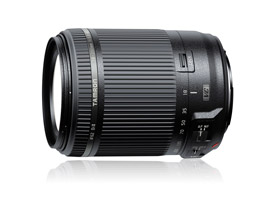


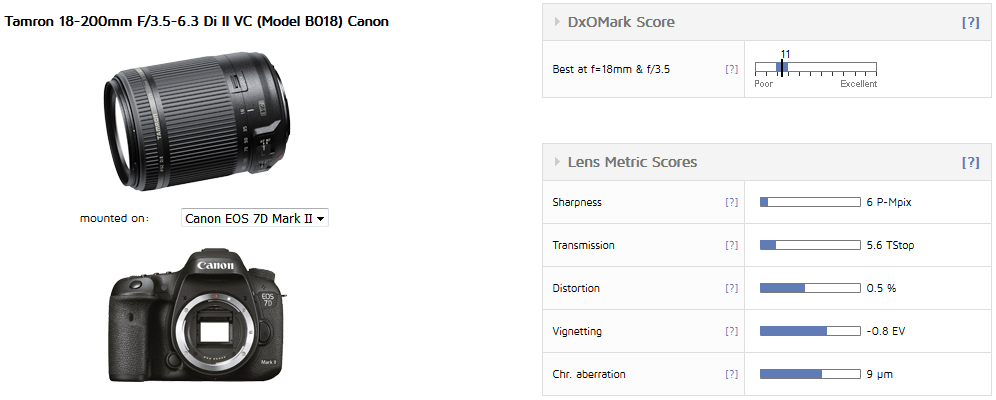
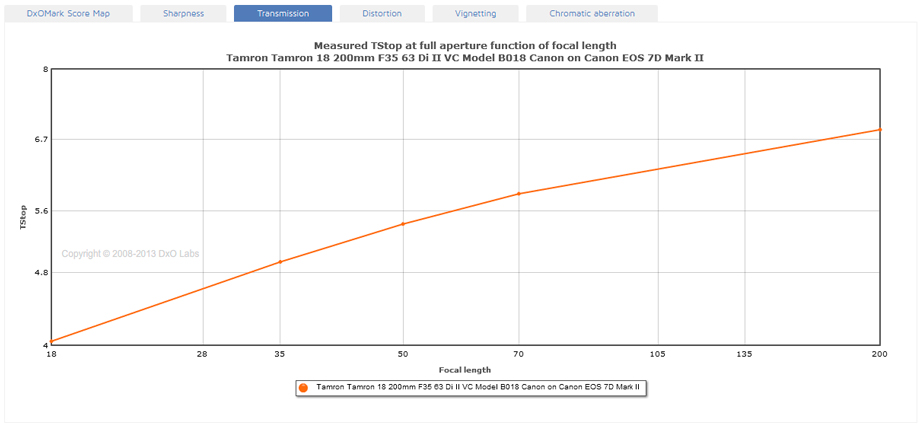
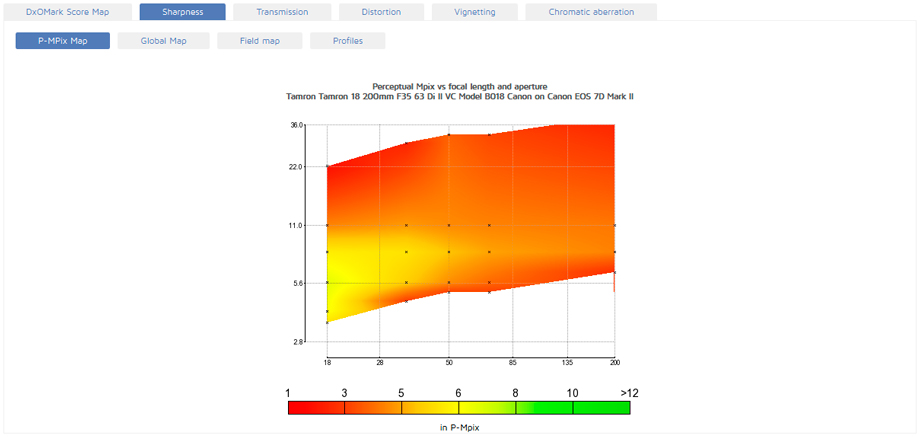
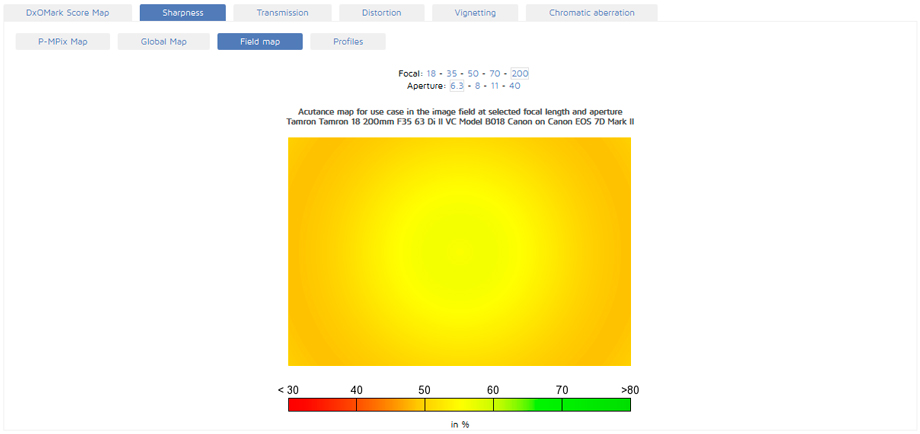
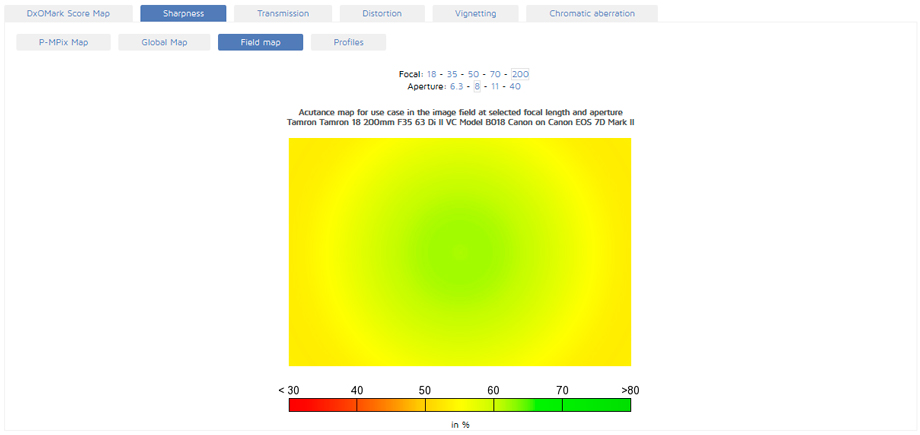
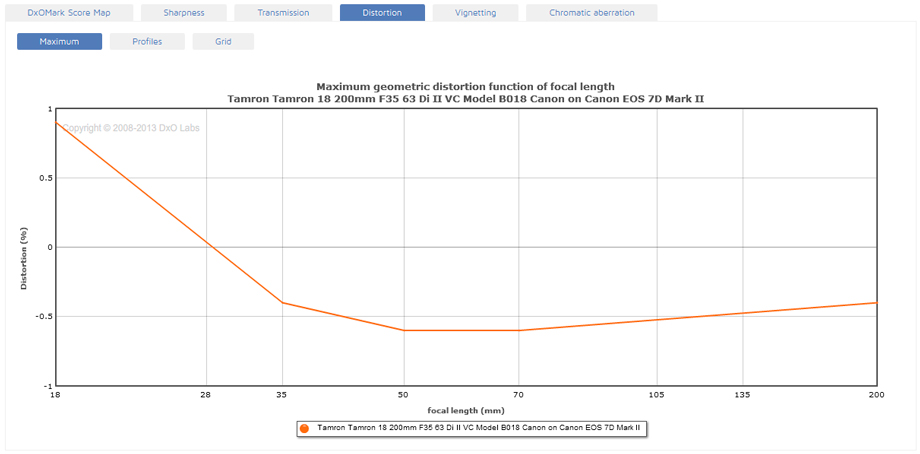
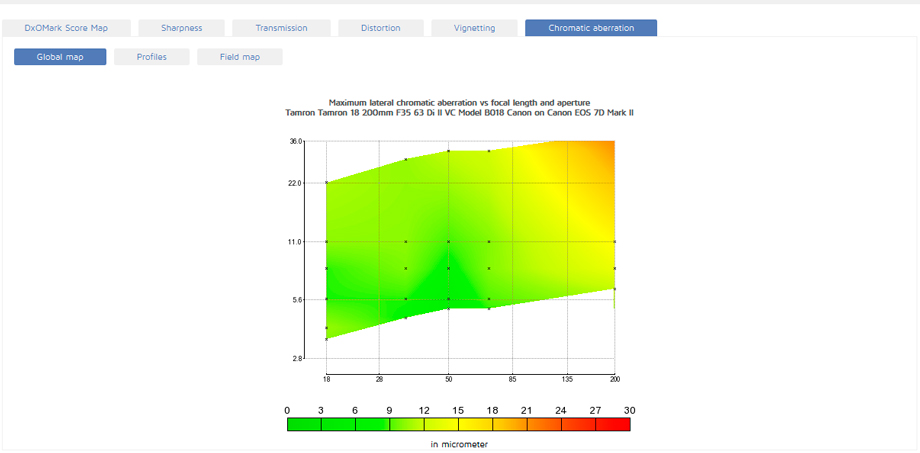
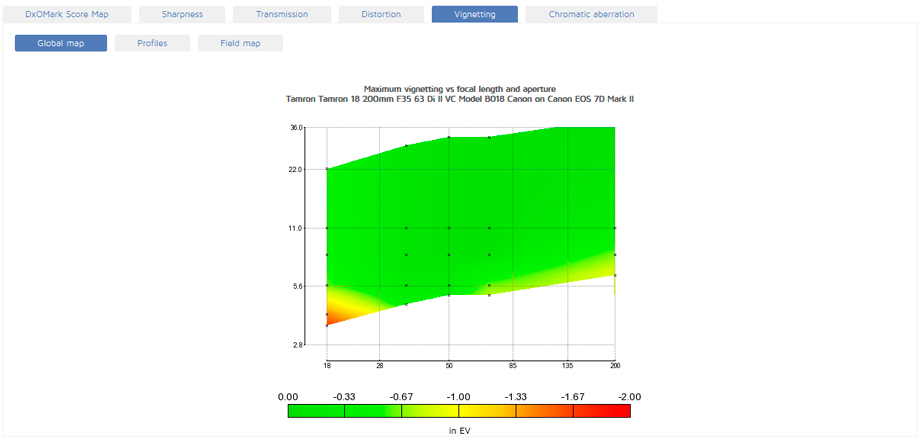
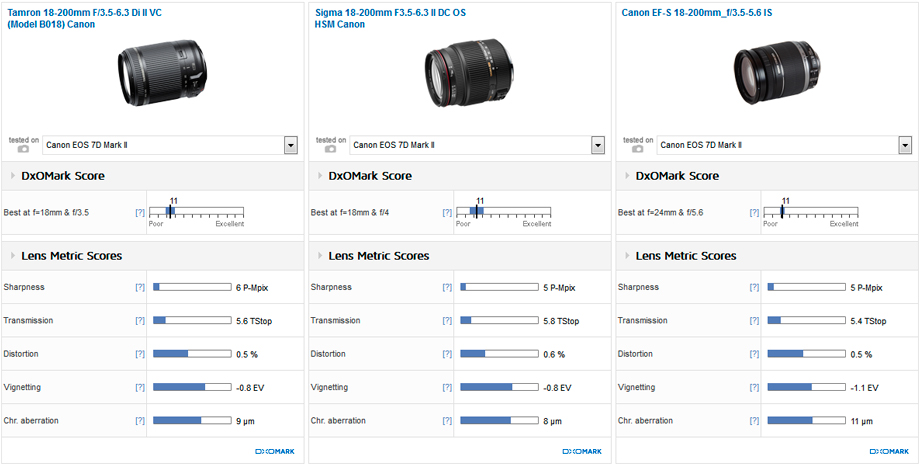
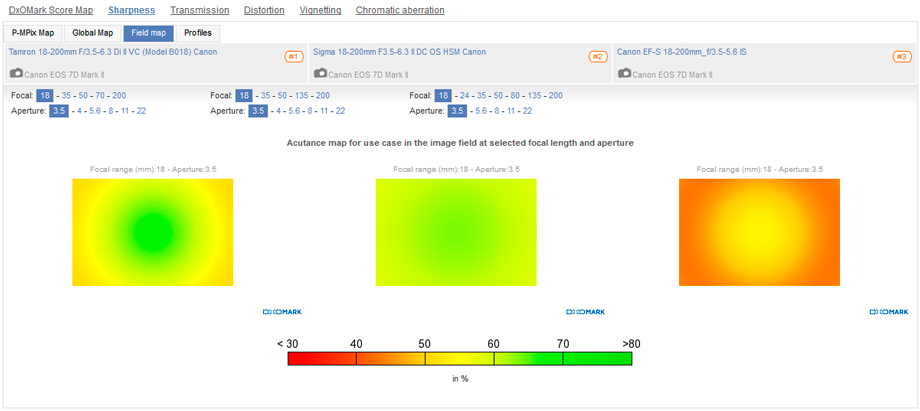
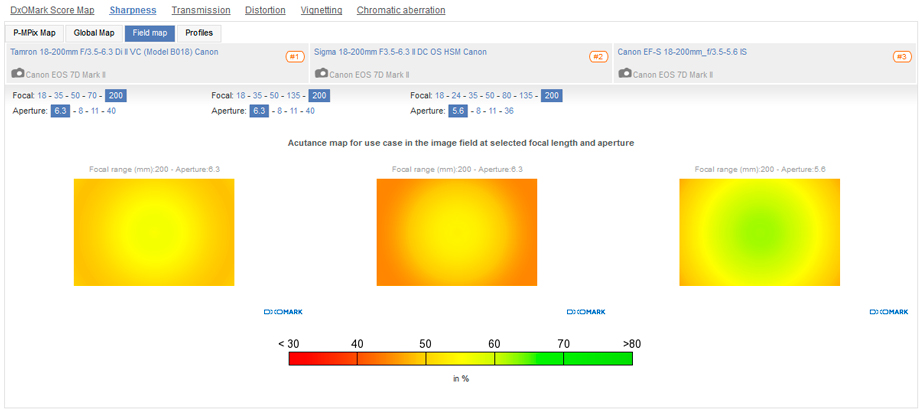
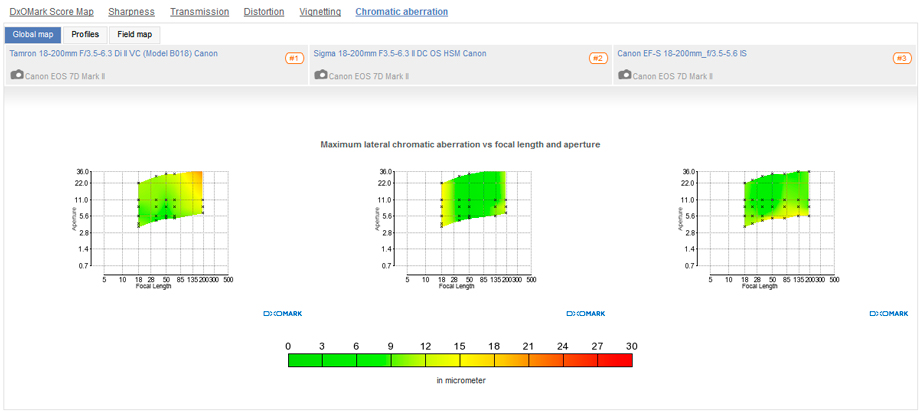
DXOMARK encourages its readers to share comments on the articles. To read or post comments, Disqus cookies are required. Change your Cookies Preferences and read more about our Comment Policy.